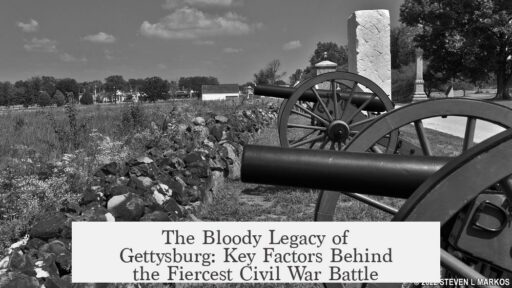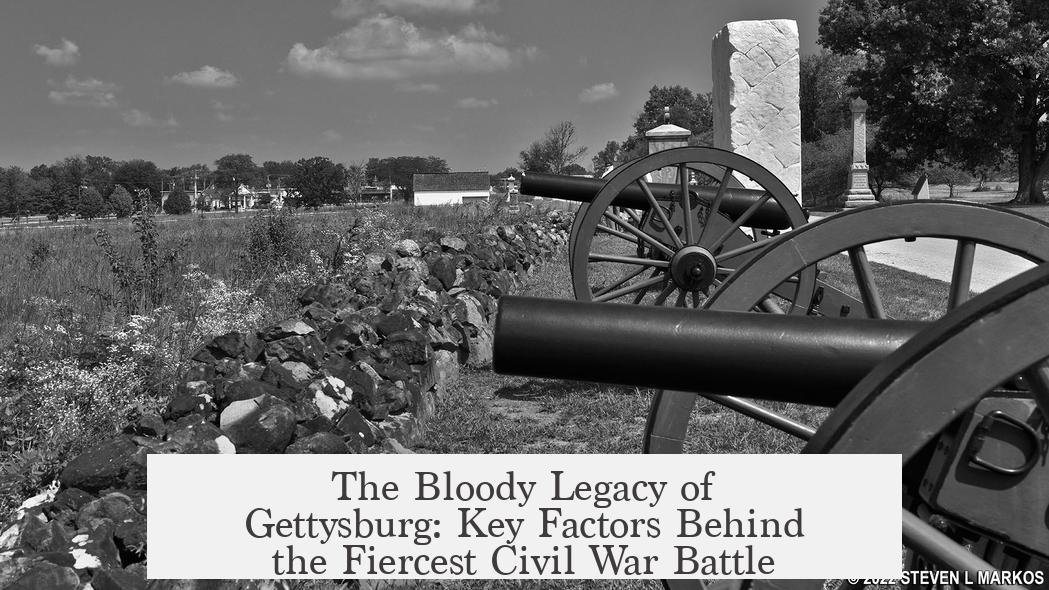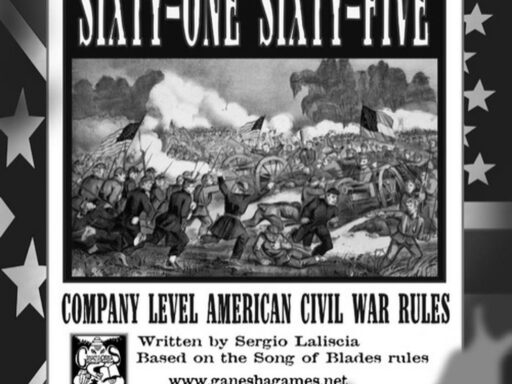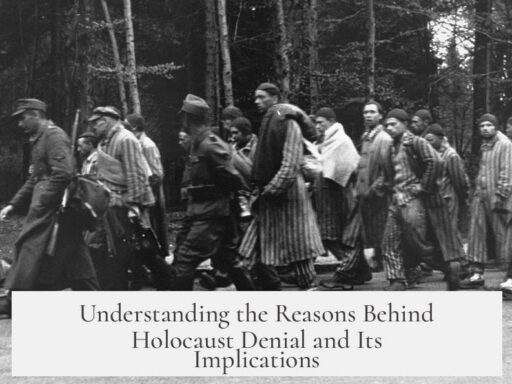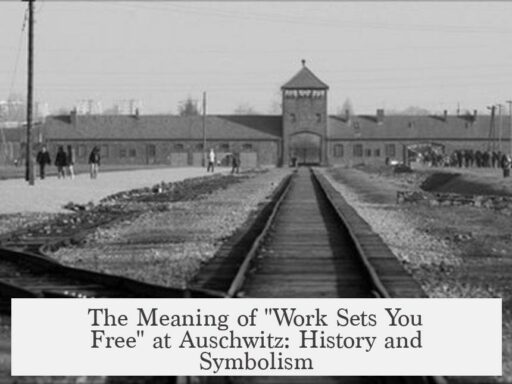Gettysburg was so bloody due to a combination of determined fighting, tactical choices, strong defensive positions, and limited maneuver options, leading to brutal and sustained combat with heavy casualties on both sides.
The fierce morale of soldiers and commanders defined the battle’s intensity. Confederate troops believed winning in Pennsylvania could end the war. Union soldiers fought to protect their home territory and maintain loyal ground. This resolve drove both sides to fight relentlessly, refusing to yield easily, which escalated casualties.
Command decisions contributed heavily to the bloodshed. Many officers placed troops into vulnerable situations, causing severe losses. For example, commanders Heth and Barlow exposed men on the first day. On the second day, Sickles extended lines, creating a target-rich environment for enemy fire. Hard-fought battles over critical locations like Oak and Seminary Ridge or the Wheatfield increased death tolls as both armies struggled to hold or seize ground.
The Army of the Potomac, under General Meade, occupied one of the strongest defensive positions seen by General Lee’s forces. Meade’s right flank rested on Cemetery and Culp’s Hill, while his left protected the Round Tops. These terrain features offered natural cover and strategically important high ground, making Confederate attacks costly.
Lee’s decision not to maneuver around Meade’s position played a crucial role in the battle’s destructiveness. After initial Confederate success on July 1st, Lee believed victory was possible at Gettysburg itself. He lacked cavalry for effective reconnaissance until the afternoon of July 2nd, which limited battlefield intelligence. Additionally, road networks hindered a flanking operation; moving around Meade’s right would extend supply lines dangerously and expose Confederate forces, while no effective roads existed to flank the left. Attempts to maneuver risked allowing Meade to retreat to an even stronger defensive line at Pipe Creek.
Despite possessing tactical options, Lee chose to attack the Union army directly where it stood. Confederate troops managed partial gains by pushing back Union forces from exposed positions like the Emmitsburg Road, Devil’s Den, and the Wheatfield. However, they failed to capture key strongholds such as Cemetery Hill and the Round Tops. These losses were devastating due to the defensive advantage held by the Union army.
On the third day, Lee’s refusal to withdraw resulted in a desperate offensive. With his forces battered and ammunition limited, avoiding battle was not an option. The famous Pickett’s Charge exemplified this grim choice. This assault involved divisions already weakened from earlier fighting. They attacked the Union center in a direct frontal assault, suffering roughly 50% casualties. This failed attack marked the end of Confederate momentum and solidified a Union victory.
The extraordinary bloodiness of Gettysburg stemmed from several overlapping factors:
- The unwavering determination of both Confederate and Union soldiers to hold or capture ground.
- Repeated frontal assaults against entrenched, robust defensive positions.
- Mistakes by subordinate commanders leading to severe losses in vulnerable positions.
- Limited movement options for Confederate forces due to terrain, logistics, and lack of cavalry.
- Lee’s commitment to continue the fight rather than retreat, escalating the severity.
Although other Civil War battles involved more troops or longer fighting periods, Gettysburg’s unique circumstances combined to produce exceptionally high casualty rates in a relatively short time frame. The battlefield’s hilly terrain favored the defenders, and the stubborn resistance of both sides ensured no easy victories. This made Gettysburg a pivotal, gruesome turning point in the war.
Key takeaways about why Gettysburg was so bloody:
- Soldiers and commanders fought with high morale and determination on both sides.
- Tactical errors caused troops to be placed in exposed, vulnerable positions.
- The Union army held a strong defensive position on critical terrain advantages.
- Lee’s limited options and choice to attack directly increased casualties.
- Pickett’s Charge resulted in massive Confederate losses in a final failed assault.
- The combination of these factors made Gettysburg one of the bloodiest battles in American history.
Why Was Gettysburg So Bloody? Unpacking America’s Fiercest Battle
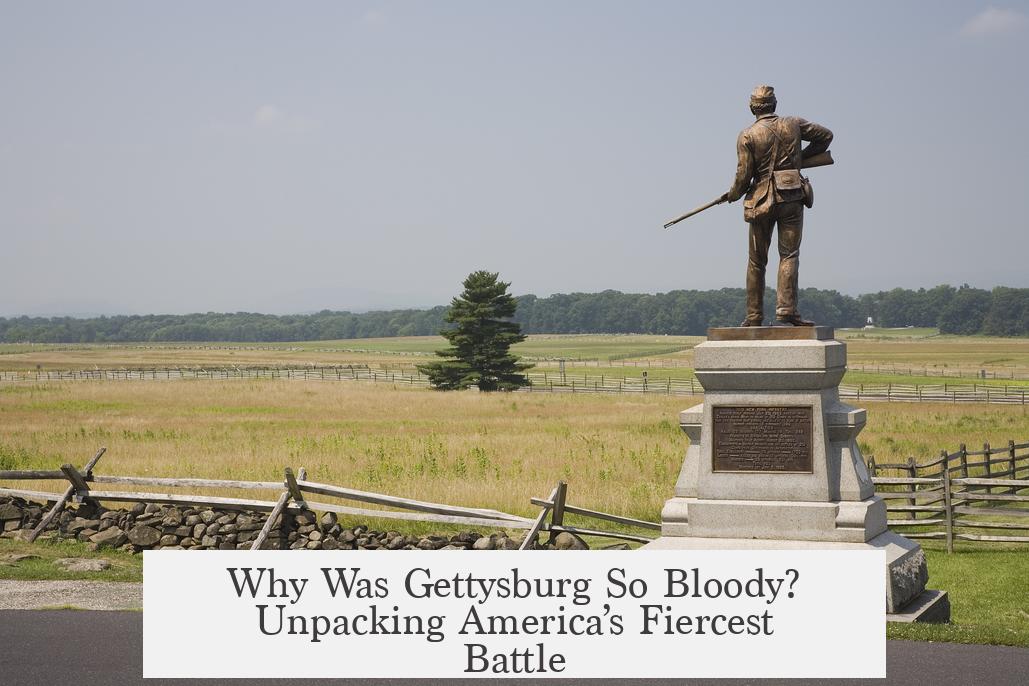
Gettysburg was so bloody because it combined fierce determination, tactical missteps, and a strategic deadlock that forced brutal attacks on heavily fortified positions. Unlike battles where one side could maneuver or retreat, Gettysburg trapped both armies in a deadly contest over critical ground, costing thousands of lives in just three days.
So, what exactly turned Gettysburg into a bloodbath? Let’s dig deeper into the forces at play.
The Iron Will of Soldiers and Commanders
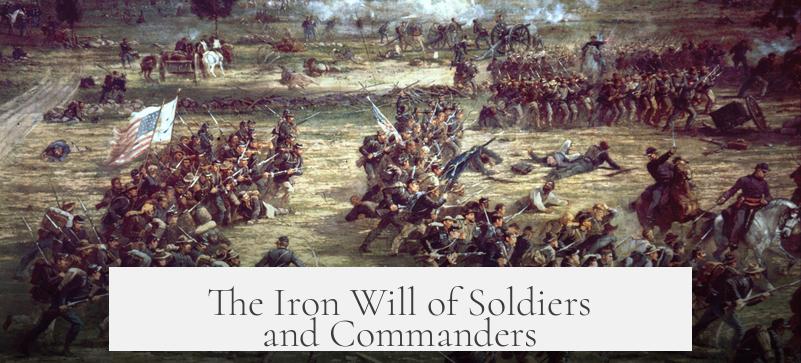
First, both sides were fighting with fire in their hearts. The Confederates believed that a win in Pennsylvania could end the war. The Union, defending their home turf, were just as stubborn not to yield an inch. This raw determination amped up the stakes and made every position worth bleeding for.
Imagine troops locked in a deadly chess match, each move executed with grit, fully aware the enemy is just as motivated. This wasn’t a skirmish—it was total warfare.
Tactical Decisions That Spelled Carnage
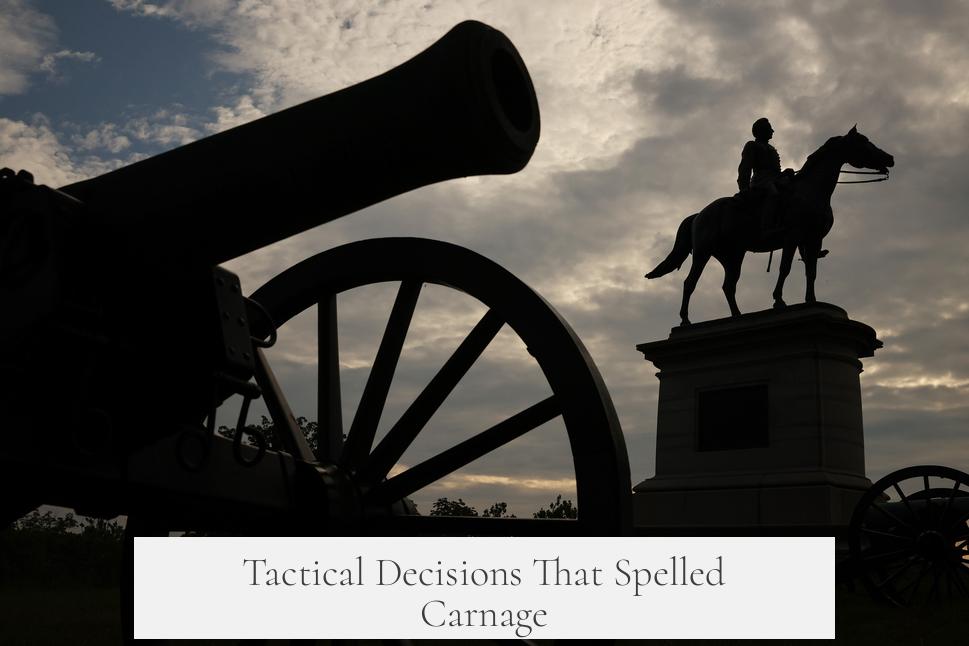
Commanders on both sides made moves that sent men right into the meat grinder. On Day 1, generals like Heth and Barlow put troops in highly vulnerable spots. Day 2 saw Sickles advance beyond his expected lines, exposing his men to devastating fire. The results? Extended fighting over hotspots like Oak and Seminary Ridge, and the Wheatfield, left hundreds lying dead or wounded.
These weren’t careless blunders but high-pressure calls that misjudged the enemy’s strength or terrain. The brutal back-and-forth over single locations turned Gettysburg into a bloody seesaw.
One of the Strongest Defensive Positions Ever Faced
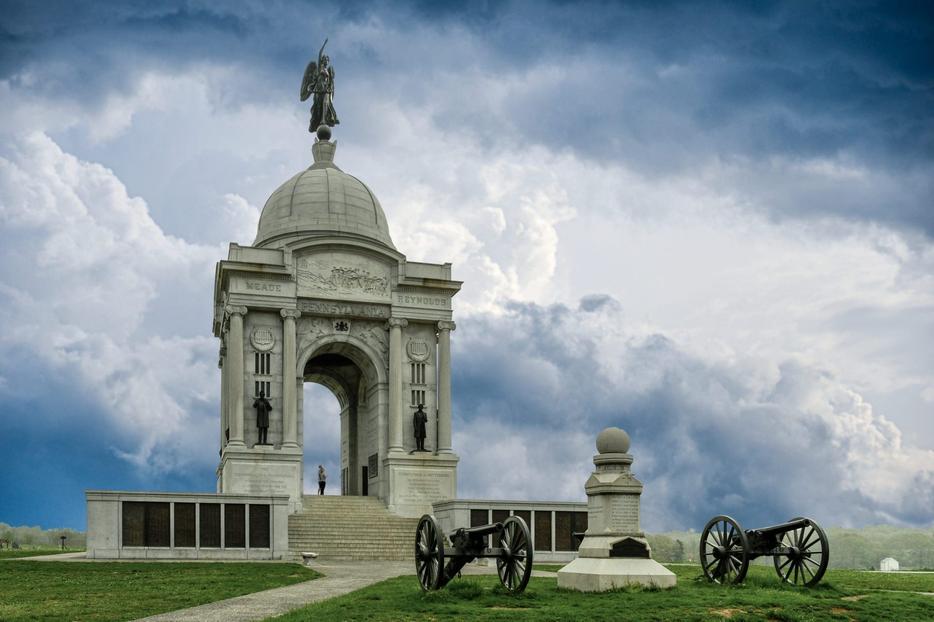
The Union’s Army of the Potomac found a near-perfect defensive setup around Gettysburg. Led by General Meade, they held strong ground on Cemetery Hill, Culp’s Hill, and the Round Tops. Typically, General Lee might have tried to flank such a position to gain the upper hand. But this time was different.
Instead of outmaneuvering, Lee had to confront this fortress head-on. This decision funneled the battle into a brutal slugfest, where defensive firepower met determined attackers with deadly consequences.
Why Lee Didn’t Maneuver Around Meade
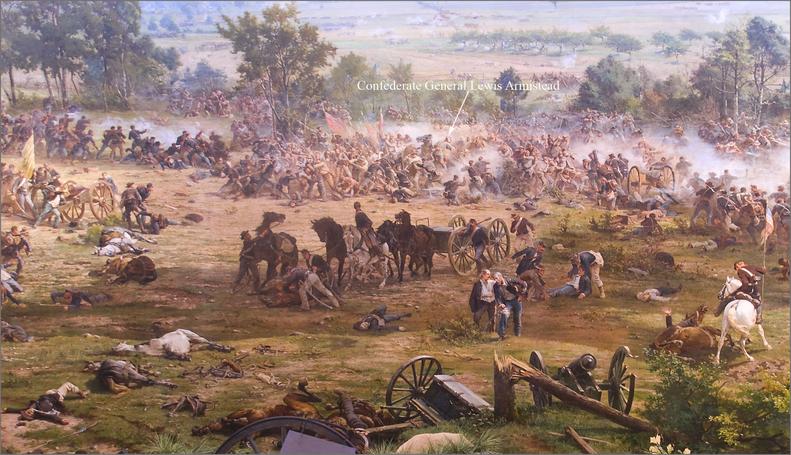
Lee’s typical playbook involved swirling around enemy flanks to force a decisive clash on favorable terrain. At Gettysburg, however, he faced three big problems:
- His big win on Day 1 made him confident that sticking it out here would clinch victory.
- He didn’t have cavalry until afternoon Day 2, making scouting and intel poor.
- The road network around Gettysburg was a logistical maze, risky for flank marches and vulnerable supply lines.
Try marching an army through unknown roads with no reliable cavalry cover. Risk getting cut off from your base. Also, if Lee moved too far, Meade could simply withdraw to an even stronger defensive line called the Pipe Creek line. Lee wisely chose to stand and fight, but that sealed the fate of many soldiers caught in deadly assaults.
Forced Attacks Against Fortified Lines
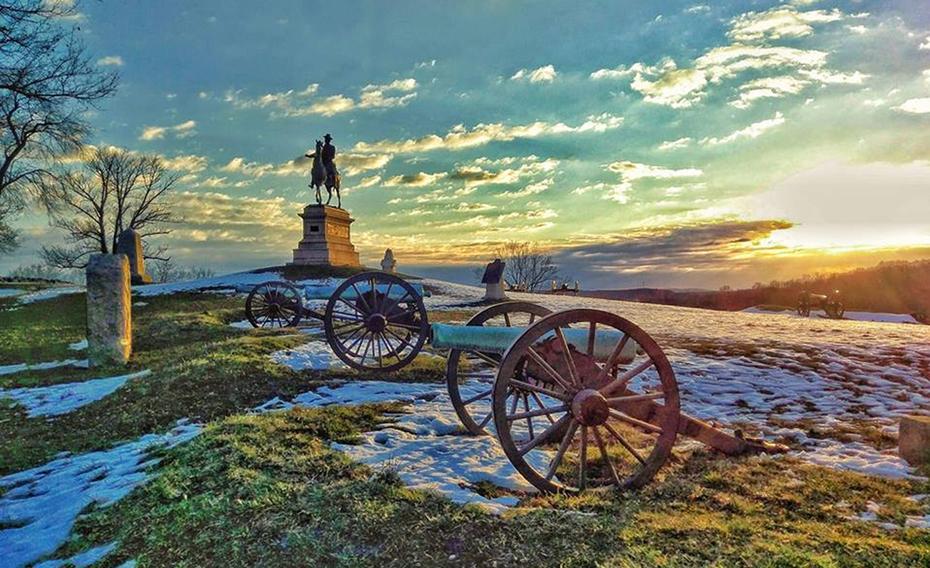
Without other choices, Lee ordered repeated attacks on Union positions. His troops stormed places like the Wheatfield, Emmitsburg Road, and Devil’s Den—locations where Union forces held a strong defensive grip. The Confederates fought bravely, pushing Union lines at times but never capturing these critical points.
Every assault meant charging uphill, into well-aimed fire and entrenched defenders. Casualties soared with every attack, but the fighting spirit kept orders coming.
Lee’s Refusal to Retreat or Delay
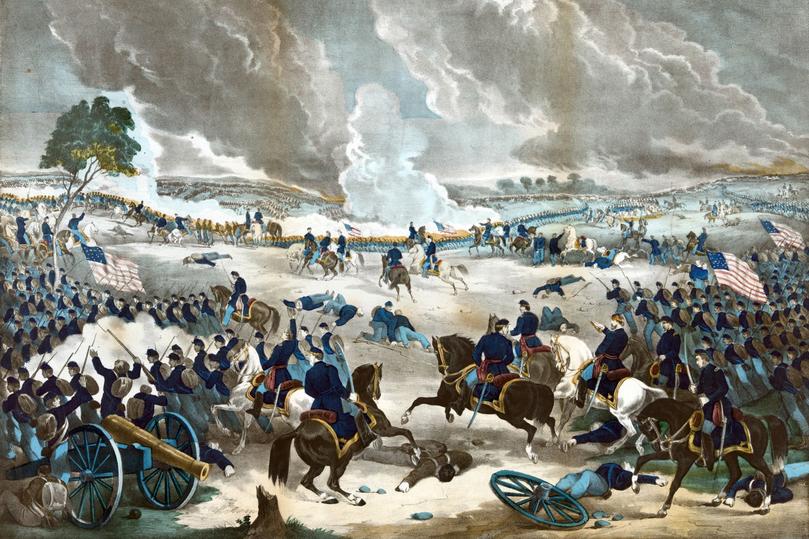
By the third day, retreat wasn’t on Lee’s radar. The initial Confederate success suggested victory was possible. Meanwhile, Lee didn’t have enough ammunition to move far or open a new battlefront. Meade was well-supplied and close to his base, too.
Stalemate or retreat would concede a hard-fought battle. Lee opted for one last, desperate gamble.
The Grim Epic of Pickett’s Charge
On July 3rd, Lee launched what history remembers as Pickett’s Charge. He gathered divisions battered from earlier fighting and sent them straight at the Union center on Cemetery Ridge. The charge lasted minutes but wrought devastation—about 50% of those Confederate soldiers fell before reaching Union lines.
It was a devastating failure and symbolized the sheer bloody cost of Gettysburg. This failed assault gave Meade a clear, hard-won victory.
Why Gettysburg Stands Out in the Civil War
Many battles had more troops and longer timelines. Gettysburg was unique because of how multiple factors combined:
- Fierce morale on both sides kept troops attacking and defending despite heavy losses.
- Command decisions exposed units to intense fire continuously.
- The defensive Union position forced Confederate attacks uphill and into deadly fire zones.
- Lee had limited options and no good alternative than frontal assaults.
This perfect storm of willpower, terrain, leadership choices, and logistics resulted in nearly 50,000 combined casualties over just three days. The battle not only shaped the Civil War’s outcome but also redefined the brutal reality of 19th-century combat.
Takeaways from the Bloodiest Battle
What can Gettysburg teach us today? Besides being a powerful reminder of the cost of war, it highlights how leadership, morale, and logistics can dictate battlefield outcomes. Even the best commanders face limits imposed by terrain and supply lines. And sometimes, no matter how brave or skilled the troops, certain positions just come at a terrible human price.
Next time you hear “Pickett’s Charge” or “Cemetery Ridge,” remember—the blood spilled here was no accident. It was the brutal product of strategic dead-ends, fierce determination, and the unforgiving reality of war.
Got questions about specific moments at Gettysburg? Ever wondered what it felt like to be a soldier charging those deadly slopes? Dive deeper, and you’ll find stories of heroism, tragedy, and hard lessons still echoing through history.
